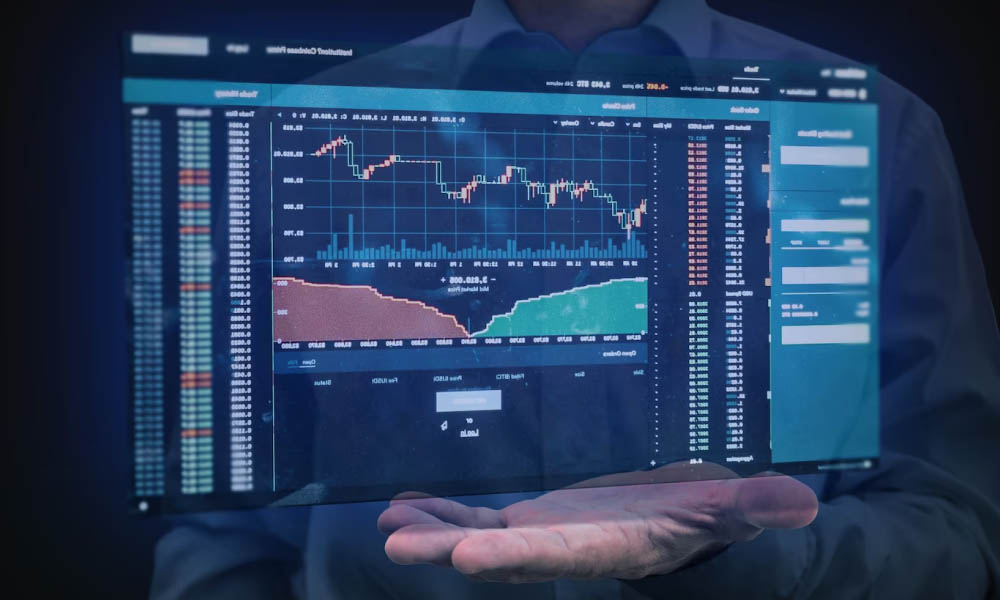
Understanding Trading Crypto Indicators: A Comprehensive Guide
In the fast-evolving world of cryptocurrency, traders often rely on various tools to make informed decisions. One of the most critical aspects of trading is the use of indicators, which can provide essential insights into market trends and potential entry or exit points. This article focuses on Trading Crypto Indicators and their role in developing effective trading strategies. Whether you are a beginner or an experienced trader, understanding these indicators can significantly enhance your trading experience. You can further explore trading tools and strategies at Trading Crypto Indicators https://bezirksjournal.com/2025/01/12/mastering-the-way-of-exness-mt4-for-windows-is-not-an-accident-its-an-art/.
What Are Crypto Indicators?
Crypto indicators are mathematical calculations based on the price, volume, or open interest of a cryptocurrency. They help traders analyze market trends and predict future price movements. Indicators can be categorized into two main types:
trend indicators and momentum indicators.
Trend indicators help identify the direction of the market, while momentum indicators measure the strength of the price movements.
Types of Trading Crypto Indicators
1. Trend Indicators
Trend indicators are designed to identify the current market direction. Some popular trend indicators include:
- Moving Averages (MA): They smooth out price data over a certain period, making it easier to identify trends. The two most common types are the Simple Moving Average (SMA) and the Exponential Moving Average (EMA).
- Average Directional Index (ADX): This indicator measures the strength of a trend, providing traders with insight into whether to enter or exit a position.
- Bollinger Bands: This volatility indicator consists of a middle band (SMA) and two outer bands that indicate overbought or oversold conditions.
2. Momentum Indicators
Momentum indicators measure the speed and strength of price changes. Some well-known momentum indicators include:

- Relative Strength Index (RSI): This oscillator measures the magnitude of recent price changes to evaluate overbought or oversold conditions.
- Stochastic Oscillator: This indicator compares a particular closing price to a range of prices over a specific period, signaling potential reversals.
- MACD (Moving Average Convergence Divergence): This indicator follows trends and signals the momentum of the asset.
Why Use Crypto Indicators?
The volatility of cryptocurrency markets can make trading challenging. Crypto indicators serve several purposes:
- Improved Decision-Making: Indicators help traders make more informed decisions rather than relying on emotions or gut feelings.
- Identifying Trends and Patterns: By utilizing indicators, traders can identify market patterns that may indicate potential price movements.
- Risk Management: Indicators can assist in determining optimal points for entering and exiting trades, thus managing risk and improving overall trading strategies.
How to Use Crypto Indicators
While indicators provide valuable insights, understanding how to use them effectively is crucial for successful trading. Here are some tips:
- Combine Indicators: Relying on a single indicator can lead to misleading signals. Combining multiple indicators can help confirm decisions.
- Understand Market Conditions: Different indicators work best under specific market conditions. Familiarizing yourself with these conditions can lead to better trading outcomes.
- Create a Trading Plan: Establish entry and exit points based on indicators, ensuring a disciplined approach to trading.
- Backtesting: Before applying indicators in live trading, backtest them on historical data to assess their effectiveness.
Challenges in Using Crypto Indicators
Despite their benefits, trading indicators are not without challenges. Some key points to consider include:
- Lagging Indicators: Many indicators are based on historical data, which may lead to delays in signal generation.
- Overfitting: Relying too heavily on indicators can result in overfitting your trading strategy to past data, making it ineffective in live markets.
- Market Noise: The high volatility in cryptocurrency markets can create ‘noise’, leading to false signals.
Conclusion
Trading crypto indicators are invaluable tools for traders looking to navigate the volatile cryptocurrency markets. Understanding the types of indicators, their functions, and how to apply them effectively can significantly enhance trading strategies and improve decision-making processes. However, it is essential to remember that no indicator is foolproof. A well-rounded trading strategy that includes careful analysis, risk management, and psychological discipline will ultimately determine a trader’s success in the cryptocurrency market. As you embark on your trading journey, continue to educate yourself and adapt your strategies based on market conditions to make the most of Trading Crypto Indicators.
